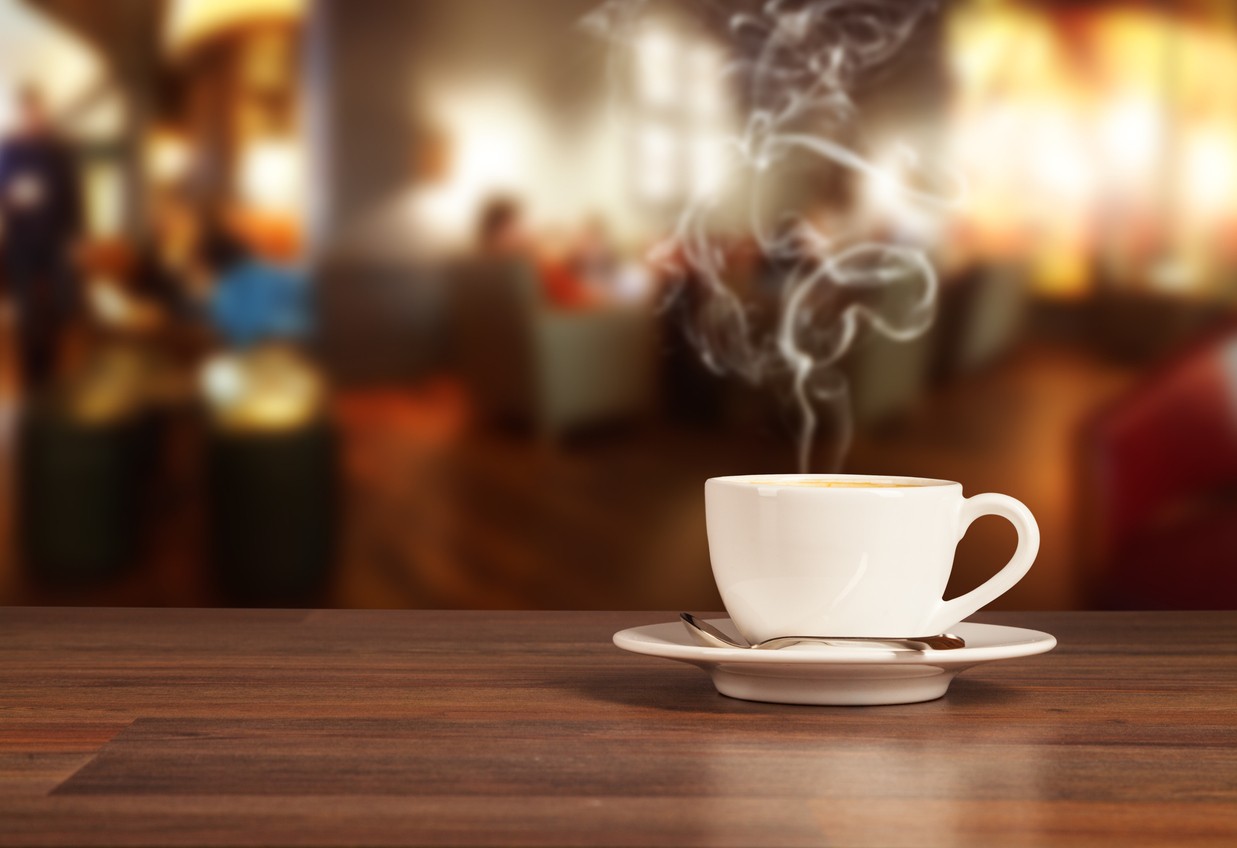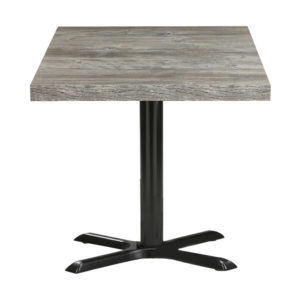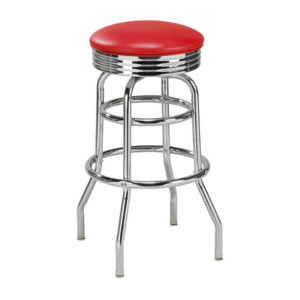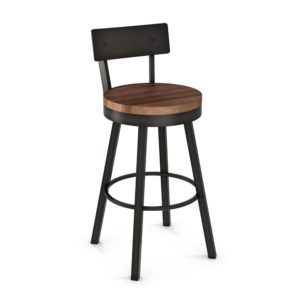Are you outfitting your Sunnyvale hospitality venue right now? Choosing quality restaurant furniture is one of the most important decisions you can make. The furniture you’ll choose will define your space, its aesthetics, its hospitability, and your guests’ comfort. California’s eateries are quite competitive, where diners expect both style and substance from your establishment. That’s why you need to invest in highly durable and stylish commercial furniture. Don’t fret; this helpful guide will explain how to choose quality furniture for your restaurant to create a welcoming, functional dining environment in the South Bay Area.
Why Furniture Quality Matters in a Commercial Setting
You should think of your restaurant furniture more than mere decoration. This furniture constitutes an important part of your guest experience. Commercial furniture is different residential chairs/tables; this furniture faces constant use and spills. That’s why it requires frequent cleaning. Quality isn’t optional in the case of your restaurant furniture; it’s a necessity.
Impact on Guest Perception and Comfort
Sunnyvale, CA, is hosting the city’s very first “restaurant week” right now. You should focus on how your guests perceive your South Bay Area establishment. Do diners feel comfortable when they sit down, and how does the appearance of your furniture shape their impression of your establishment?
Wobbly, uncomfortable, prickly, and barely sittable chairs detract guests from the dining experience, no matter how exquisite your meals are. That’s why you need to invest in quality dining furniture that allows guests to immerse in this experience and enjoy their food distraction-free. Quality, durable furniture makes your customers appreciate your professionalism, sending a subtle yet strong message about your brand.
Durability Saves Money over Time
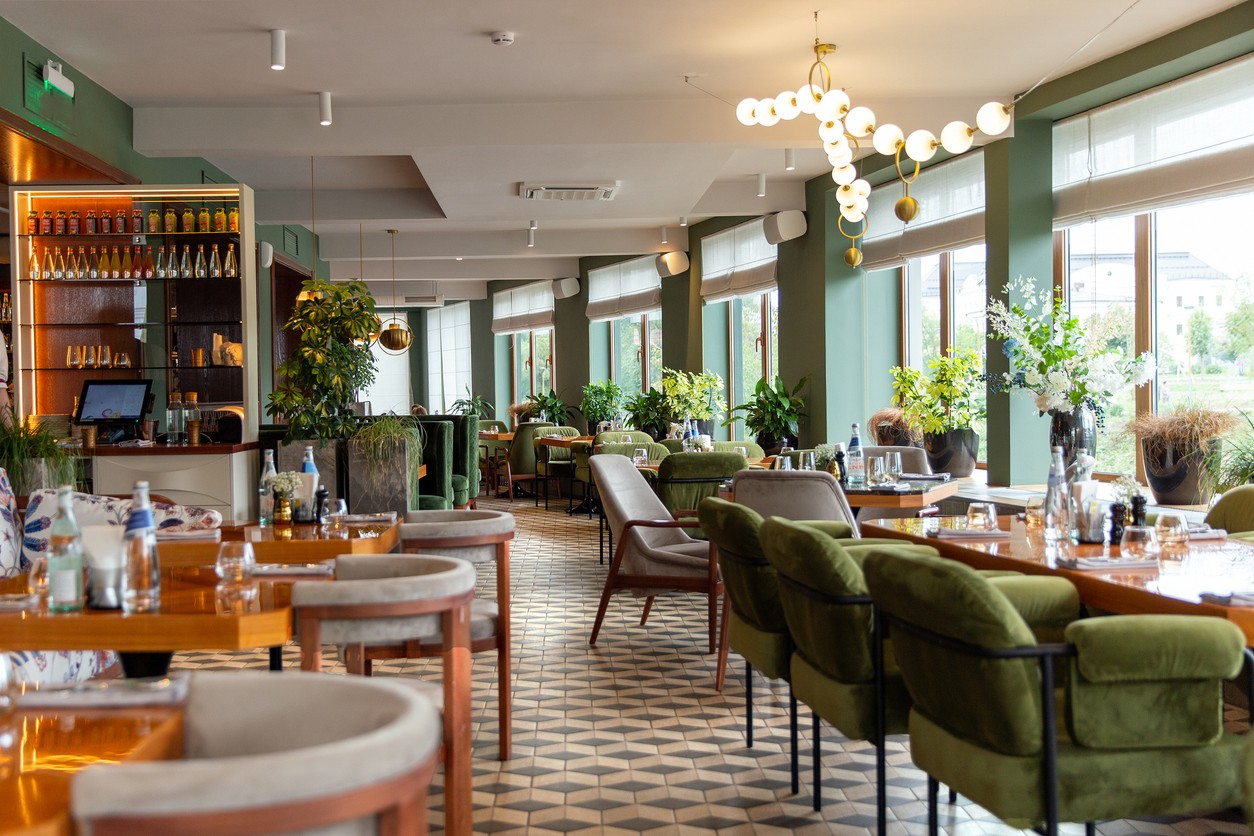
We admit that quality restaurant furniture often requires a higher upfront investment. But it pays off in the end. Significantly in the long run. That’s because:
- Durable pieces resist wear and tear
- They don’t have to be replaced all the time
- This furniture doesn’t require constant repairs
- It works well in high-traffic Sunnyvale restaurants
- You can minimize downtime and protect your investment
Look on the other hand. Cheap, poorly made furniture doesn’t cost you a lot. But it leads to unexpected expenses, e.g., broken legs, torn upholstery, unstable frames, dirty linen, etc. When you choose quality, you avoid these interruptions that cost both money and business.
Top Materials and Construction Features to Consider
Best Woods for Commercial Use
You can choose hardwoods since they are pretty strong and very durable. Such as:
- Oak
- Maple
- Cherry
- Walnut
These solid woods also resist dents and scratches. You may refinish them many times to restore their original look as well. Don’t go with furniture made of particleboard or MDF. These materials swell easily and get damaged when moisture creeps into them.
Durable Metals and Finishes
How about steel and aluminum? These two metals make quality restaurant furniture since they’re very strong and resist corrosion.
- Steel: Steel frames with powder-coated finishes protect your furniture against rust and wear.
- Aluminum: This metal is lightweight but very durable. Given California’s coastline climate, where humidity and salt air speed up metal deterioration, aluminum sounds like the perfect choice.
Upholstery That Works Hard
Restaurant owners should choose your upholstery fabric carefully for extra comfort and a fantastic appearance. A great option would be commercial-grade fabrics. They withstand heavy use and also resist stains. Going with these fabrics lets you comply with California’s strict fire safety standards (i.e., TB 117 and TB 133).
High-spill areas like bars and your casual dining spaces can get vinyl and faux leather. These options are easy to clean and last longer than usual, giving your Sunnyvale establishment an elegant façade.
Construction Details to Look For
- Strong Joinery: Mortise-and-tenon and dowel joints are very strong joinery techniques. They are much better than using screws or staples alone.
- Weight Capacity: Your chairs and tables must be rated to hold 300 pounds (at the very least) to safely accommodate guests with diverse body types.
- Protective Finishes: Laminated surfaces or sealant-treated ones can resist stains, scratches, and moisture; powder coatings also make your feature last longer.
- Floor Protection: You can protect your flooring with resin or felt glides on chair legs; this method helps you move your furniture as noiselessly as possible.
Design Meets Function: Finding the Right Aesthetics for Your Space
You should consider your restaurant’s furniture an extension of your brand’s unique personality. You’ll have to combine style with practicality. Maybe your vision is sleek and modern; it can be very warm and rustic. How about edgy and industrial? High-quality furniture lets you attain your desired look without having to sacrifice comfort or durability.
Matching Furniture to Brand Style
| Modern | Rustic | Industrial | Classic |
Clean lines, minimalist silhouettes, lacquered wood, etc., create a fine contemporary vibe for slim profiles with robust construction. | Warm woods with natural finishes and distressed surfaces create a cozy, inviting atmosphere in your establishment. | Metal frames paired with reclaimed wood or concrete tops offer you a trendy, urban feel that looks stylish and rugged. | You get timeless designs with elegant curves and rich finishes to convey tradition and sophistication in your restaurant. |
Balancing Style with Practicality
Yes, décor and aesthetics are important. But you must never compromise on comfort or maintenance. Stunning wooden restaurant chairs with intricate detailing may look gorgeous, but cleaning something like this is a chore; it is also less durable when used heavily. Quality commercial furniture manufacturers will provide you with lots of customization options so you can choose fabrics and finishes that align with your unique style. Ensure that your furniture choices support your brand while also standing up to daily demands.
Why California Dining & Barstools is a Go-To for Commercial Furniture

Looking for the best indoor and outdoor furniture store in Sunnyvale? California Dining & Barstools is a trusted name when it comes to commercial furniture for the following reasons:
- Proven Track Record: California Dining & Barstools has built a reputation in the South Bay Area over time by supplying quality furniture that meets your local commercial standards. They select all their products carefully to ensure durability and comfort. So, you’ll get chairs and tables that perform well in demanding restaurant environments.
- Personalized Support: Choosing the right furniture is often a tough nut to crack. But don’t allow yourself to be overwhelmed by too many options available on the market. You can find tailored, Sunnyvale-personalized consultations at California Dining & Barstools to help you identify what’s best for your space. So, you can find budget furniture that aligns with your brand identity.
- Showroom in Sunnyvale: Working with California Dining & Barstools means you can access their showroom in Sunnyvale, CA. You can go there to see their furniture firsthand. They let you test it all, e.g., pub tables, bistro tables, barstools, dinettes, and more. You can choose what not only looks but also feels alright before making a full-time commitment.
Upgrade Your Dining Space with Quality Restaurant Furniture
Investing in quality furniture is the same as investing in your restaurant’s future. The right restaurant furniture is made of high-quality materials necessary for guest satisfaction. Find this at California Dining & Barstool’s in You can support your brand image by outfitting the dining area with the best chairs/tables available. The right furniture doesn’t make you choose between durability and design or sacrifice one for the other. In fact, it offers both, letting you create an inviting dining environment.
Are you ready to bring a whiff of style and comfort to your Santa Clara County establishment? Visit us in Sunnyvale, CA, to explore our extensive collection of high-quality restaurant furniture. We at California Dining & Barstools have an amazing showroom where experts are available to help you find the perfect piece for your local restaurant. Whether its restaurant tables or restaurant seating, California Dining & Barstools showroom has a wide selection with options to meet everyone’s unique needs.
Find the best restaurant furniture at California Dining & Barstool’s showroom in the bay area. The showroom features commercial grade furniture including various styles and various materials ranging from solid wood furniture to metal restaurant furniture, glass and much more. We also provide exceptional customer service from our friendly staff who have experience for many years.

